splproductions
TPF Noob!
- Joined
- Dec 14, 2011
- Messages
- 191
- Reaction score
- 16
- Location
- Colorado
- Can others edit my Photos
- Photos OK to edit
My typical workflow involves doing some fairly standard things like adjusting WB, sharpening, etc, in LR. Then sometimes I'll bounce it over into Photoshop to touch things up, edit eyes, etc. I then hit "Save" in Photoshop so it pulls a new copy with my edits into LR.
When I do this, the new file is no longer .dng, it's .tif.
I just read a post here on TPF where someone said that when you convert to .tif, you lose things like "accurate and adjustable white balance adjustment". Is this true, and are there other things I lose? So should going into Photoshop to make edits be the very last thing I do in my workflow?
When I do this, the new file is no longer .dng, it's .tif.
I just read a post here on TPF where someone said that when you convert to .tif, you lose things like "accurate and adjustable white balance adjustment". Is this true, and are there other things I lose? So should going into Photoshop to make edits be the very last thing I do in my workflow?




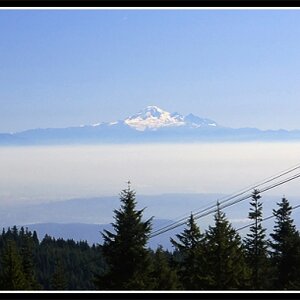
![[No title]](/data/xfmg/thumbnail/32/32953-da4fe78e854d5dbe210d58591ccf42d4.jpg?1619735787)
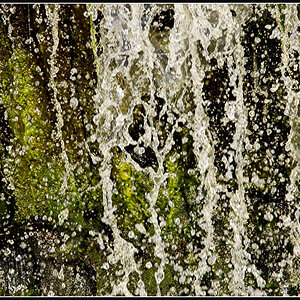
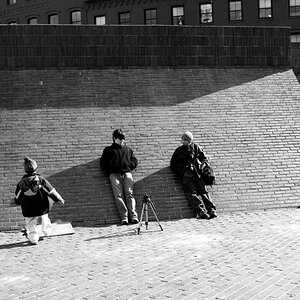

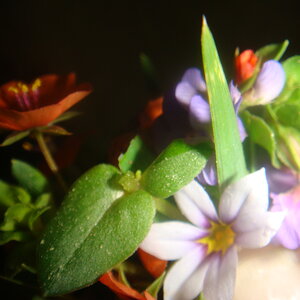
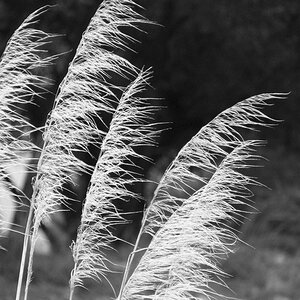

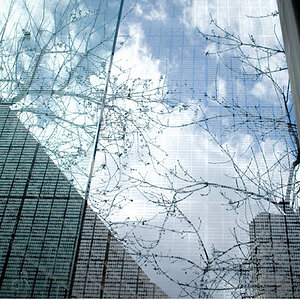
![[No title]](/data/xfmg/thumbnail/36/36301-27972c0474532c2ef657014362950733.jpg?1619737495)